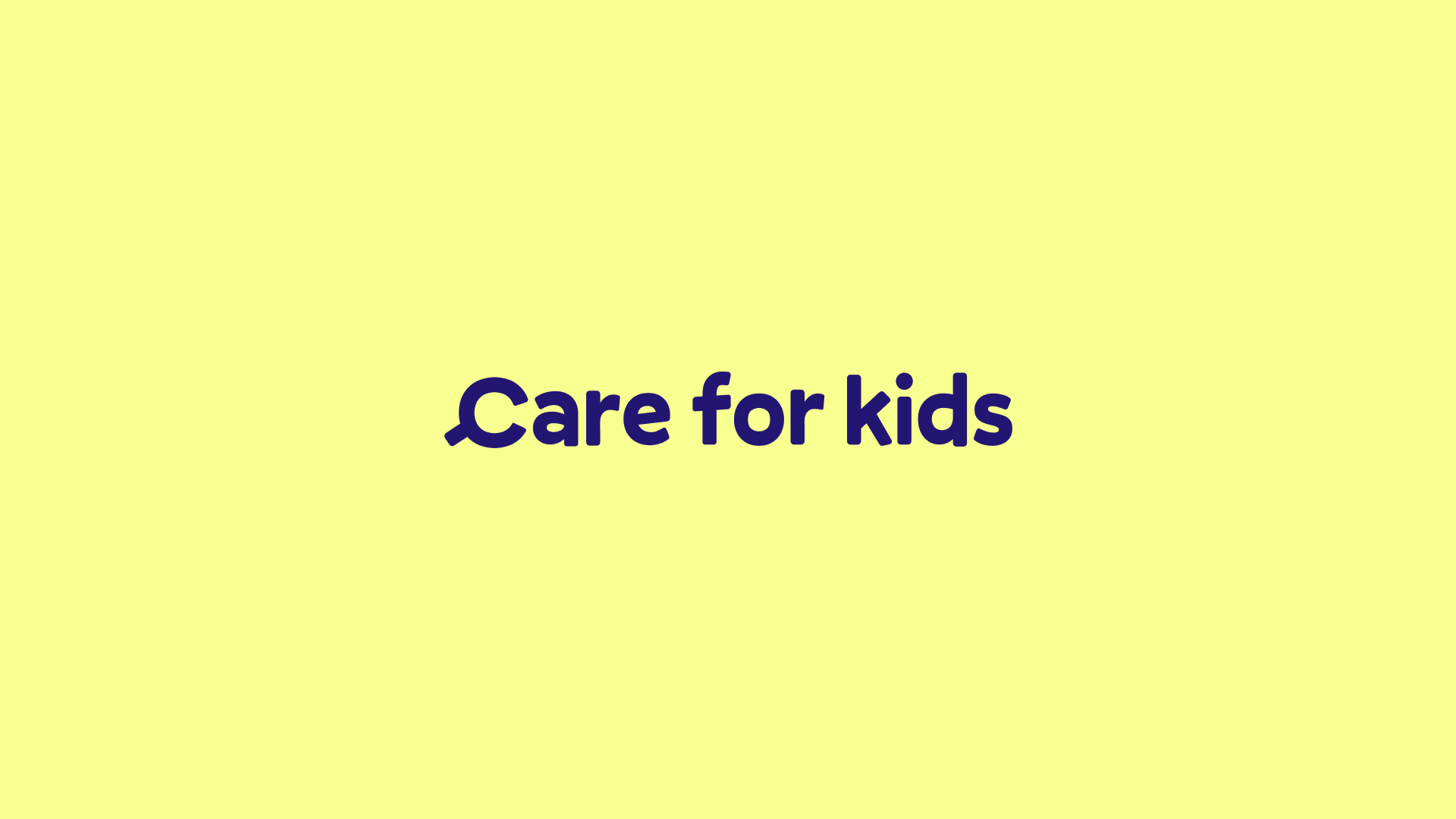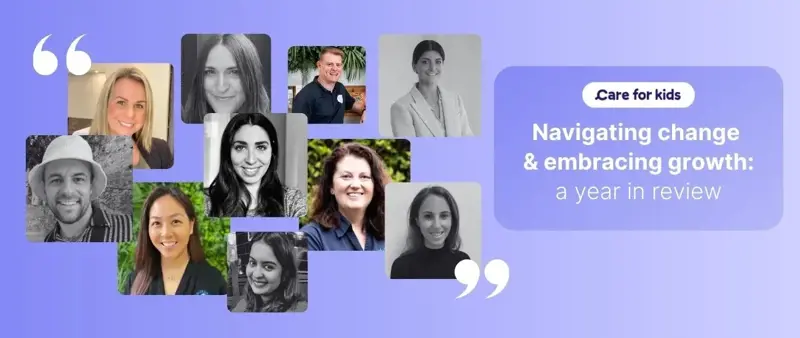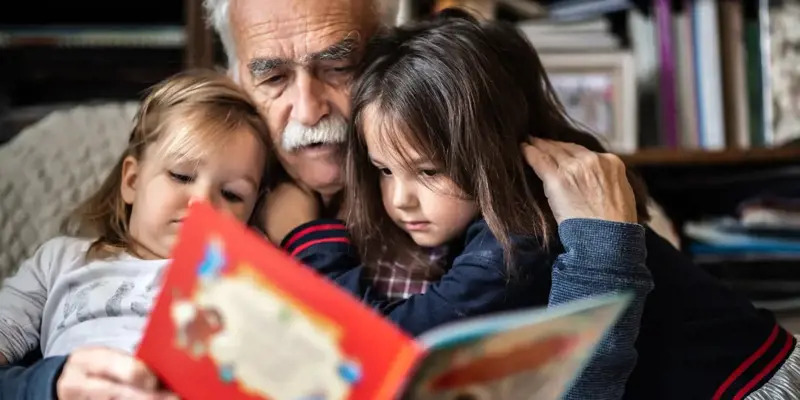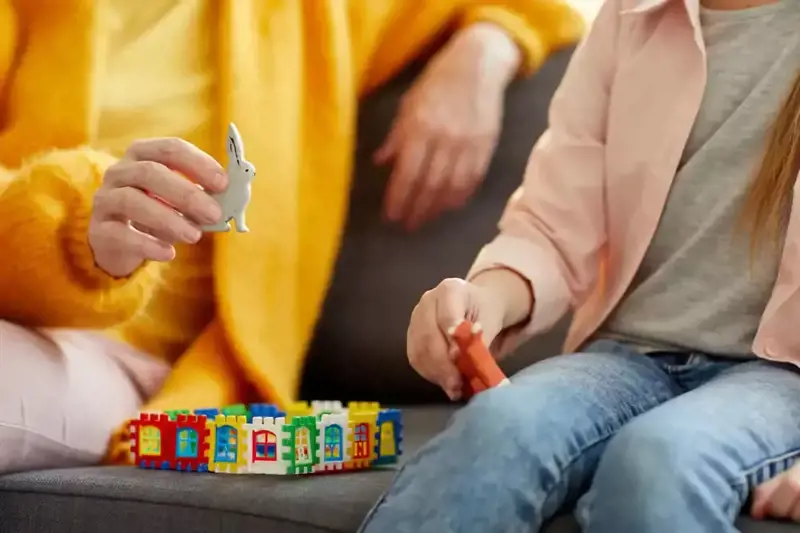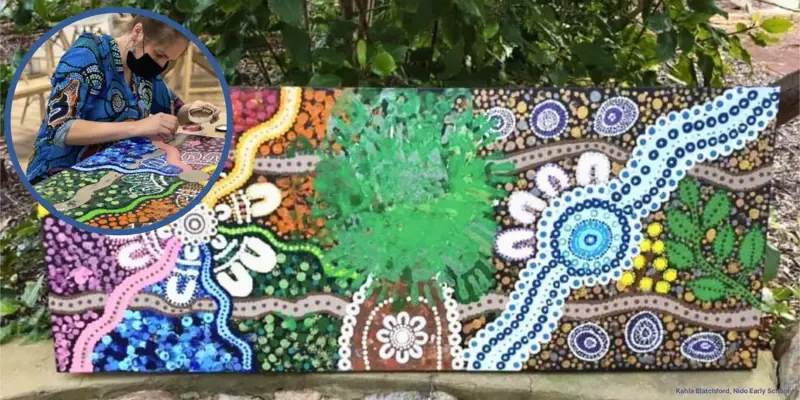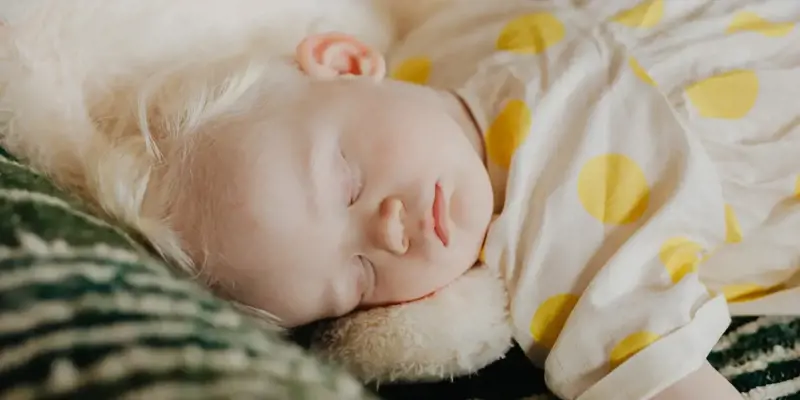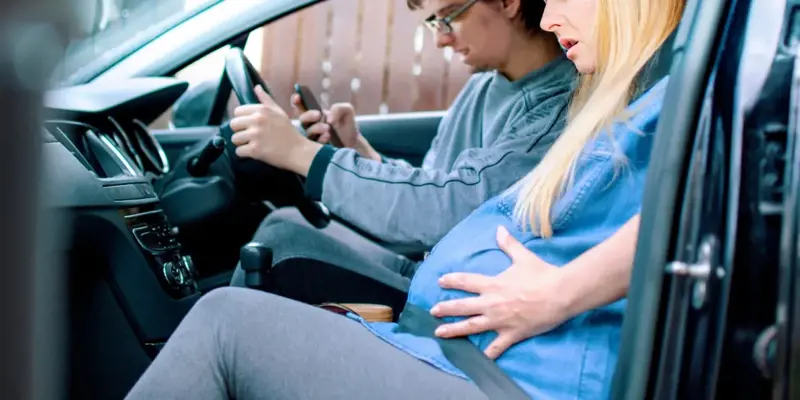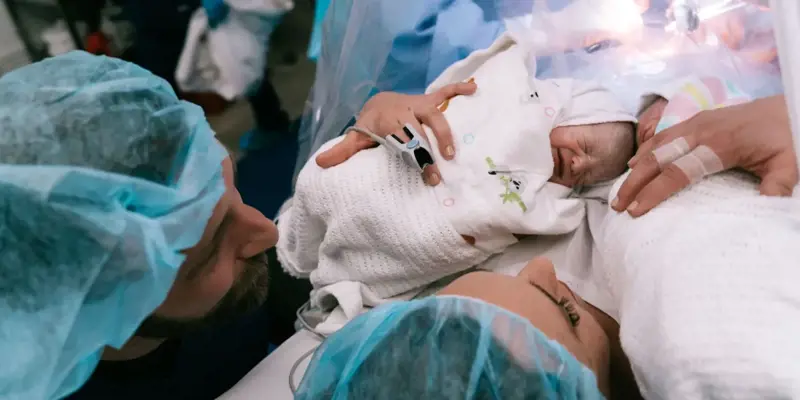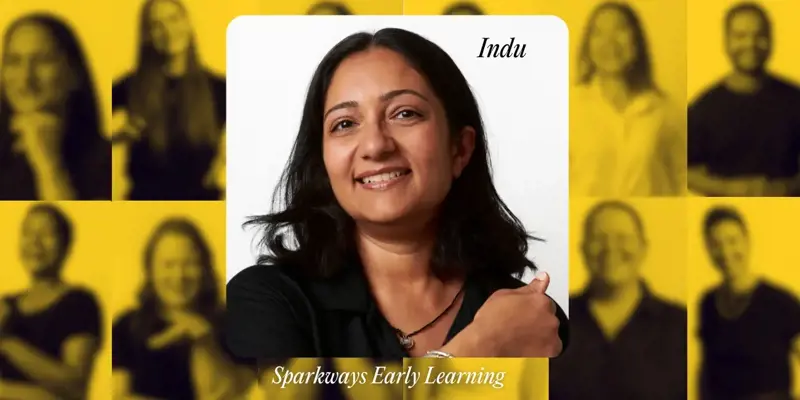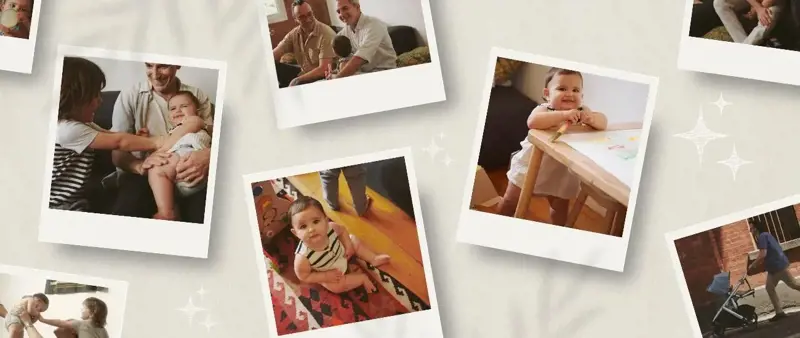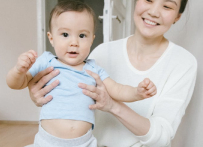Raising children is the best job in the world, but that doesn’t mean it’s easy (or cheap!). Most parents are likely to encounter their fair share of obstacles when it comes to their kids. But for single parents, raising and caring for kids solo comes with its own unique challenges, especially when the financial responsibility falls on your shoulders.
That said, there are a number of subsidies and supports available to help single parents with the cost of raising children. Let’s take a look at some of the key payments and subsidies available, including the Parenting Payment, Family Tax Benefit and Child Care Subsidy (CCS).
Single Parenting Payment in Australia
The Parenting Payment is the main financial support available if you’re the primary caregiver to young children. But before you can receive this payment, you’ll need to meet the following Parenting Payment Australia eligibility requirements:
- Be under the income and asset test limits,
- Meet the principal carer rules for a child under 14, and
- Meet residence rules.
So, how much is the Parenting Payment in Australia? Well, that depends on your circumstances. As a single parent, you could receive a maximum fortnightly payment of $978.60 plus a pension supplement of $28.90. That said, the amount you can get depends on your income and assets.
You might also be wondering, “Does child support affect the single Parent Payment?” Thankfully not. When it comes to the Parenting Payment, child support is considered an exempt income, so it won’t impact your Parenting Payment eligibility or the amount you receive.
Family Tax Benefits (FTB) and Single Income Family Supplement
The Family Tax Benefit (FTB) is a two-part payment that’s designed to help with the cost of raising children. While Part A is a payment paid per child based on your family’s circumstances, the Part B payment is paid to each family, providing a little extra support for single parents and couples with one main income.
To receive the FTB, you must:
- Have a dependent child or a full-time secondary student aged 16 to 19 who is not receiving a pension, payment, or benefit such as Youth Allowance,
- Provide care for the child at least 35% of the time, and
- Meet the required income test.
That said, both the FTB Part A and Part B have their own individual eligibility criteria. To receive Part A, you must care for a dependent child who’s either 0 to 15 years of age OR 16 to 19 years of age and meets the study requirements and meet:
- An income test,
- Residence rules, and
- Care for the child at least 35% of the time.
Your child must also meet immunisation requirements and the Healthy Start for School requirements before you can qualify for the FTB Part A.
You might be eligible to receive Part B if either:
- You’re part of a couple with one primary income and are responsible for a dependent child under 13, or
- You’re a single parent or grandparent carer looking after a dependent child under 18 so long as they meet the study requirements if they’re between 16 and 18.
Claiming the FTB
When it comes to applying for the FTB, you can start a claim for a new child anywhere from 3 months before the expected birth or adoption date up to 52 weeks after the birth or adoption.
To start the claims process, you’ll need to set up your online accounts. Create a myGov account and link it to your Centrelink online account if you haven’t already.
To support your FTB claim, you’ll need to provide:
- Your income details,
- Your tax file number (TFN),
- Your bank details, and
- Proof of residence if you were born outside of Australia or have lived overseas.
You’ll also need to provide details for your child, including:
- Evidence of the child's birth or adoption, if not already confirmed with Centrelink,
- Information about the previous caregiver,
- Details of any shared care arrangements, and
- Records of any child support received.
Finally, you’ll need to prove your identity to be able to claim the FTB. If you’ve already got a Centrelink Customer Reference Number (CRN), you would have already proven your identity as part of a previous claim. However, if you’ve never claimed a Centrelink service or payment, you’ll need to prove your identity online, over the phone or in person to get a CRN.
Child Care Subsidy (CCS) for single parents
The Child Care Subsidy (CCS) is the main government payment designed to help with the cost of childcare. To get the CCS, you’ll need to:
- Care for a child aged 13 or under who is not in secondary school unless an exemption applies,
- Use a government-approved childcare service,
- Be responsible for covering the childcare costs, and
- Meet the necessary residency and immunisation requirements.
The amount you receive depends on your family’s circumstances, including:
- Your household income,
- The maximum hourly subsidy rate, determined by the type of approved childcare and your child's age,
- The number of hours you engage in approved activities, and
- The total number of children you are responsible for.
For single parents, the Child Care Subsidy works in much the same way. You’ll still need to meet the standard eligibility requirements, an activity test and an income test to determine if and how much assistance you’re eligible for.
If you enter a new relationship, it’s important to note that your new partner’s circumstances can impact your eligibility for certain government payments and how much you can receive. You’ll need to let Centrelink know within 14 days if your circumstances change so they can reassess your payments, like the CCS.
Medicare thresholds for single-parent families
Medicare Safety Nets is a government initiative designed to help Australians with high out-of-pocket medical expenses by providing additional rebates once a certain threshold is reached within a calendar year. This program can be a huge help for single-parent families, who often have higher medical costs due to regular doctor visits, prescriptions and specialist care for their children.
There are two main types of Medicare Safety Net thresholds:
- Original Medicare Safety Net (OMSN): The OMSN covers 100% of the Medicare Schedule Fee once your total out-of-pocket expenses reach the threshold. All Australians who use Medicare are automatically eligible. For 2025, the OMSN threshold is $576.00.
- Extended Medicare Safety Net (EMSN): The EMSN provides an extra rebate (up to 80% of the out-of-pocket costs) for medical services once you exceed the EMSN threshold. This is particularly useful for single parents who frequently visit specialists, psychologists and allied health professionals (E.G. physiotherapists and occupational therapists). For 2025, the EMSN thresholds are either $834.50 for people who have a concession card or get Family Tax Benefit Part A or $2,615.50 for others.
Raising children as a single parent can be tough, but it can be comforting to know there are a number of government payments out there designed to help relieve some of the financial pressure so you can focus on your family. For more information on these payments, including eligibility requirements, head to the Services Australia website.



